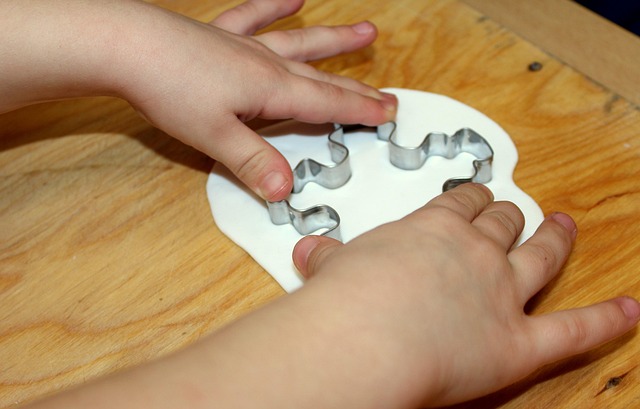Attic mold problems in humid San Antonio climate stem from high humidity and lack of ventilation, leading to ideal conditions for mold growth. Immediate action upon water damage is key to preventing severe attic mold. Strategic steps include containing areas, cleaning/decontaminating with anti-microbial solutions, fixing moisture issues through leak repairs or dehumidifiers, and conducting regular inspections for early detection.
In the humid San Antonio climate, attic mold problems are prevalent, posing significant health risks. This article guides homeowners through effective water damage recovery and mold remediation processes. We explore immediate response strategies for minimizing damage and outline comprehensive steps to remediate and prevent recurrences. Understanding attic mold dynamics in this unique environment is key to a successful and safe restoration.
- Understanding Attic Mold in Humid San Antonio
- Water Damage: Immediate Response for Effective Recovery
- Comprehensive Steps to Remediate and Prevent Recurrence
Understanding Attic Mold in Humid San Antonio

San Antonio’s humid climate presents unique challenges for homeowners, particularly when it comes to attic mold problems. With high humidity levels year-round, attics can become breeding grounds for mold and mildew if proper ventilation is lacking. Moisture from outdoor air seeps into attics, especially in older homes with inadequate insulation or sealing, leading to ideal conditions for fungal growth.
Attic mold not only compromises indoor air quality but also poses health risks to residents. It’s essential to identify and address attic mold issues promptly to prevent further damage. Regular inspections are key, especially in regions like San Antonio where humidity is prevalent. Homeowners should look out for signs such as discolored insulation, musty odors, or visible mold growth on wood beams and ceiling tiles. Early detection allows for effective remediation and restoration, ensuring a healthier living environment.
Water Damage: Immediate Response for Effective Recovery

In the case of water damage, especially in a humid city like San Antonio with frequent weather changes, immediate action is crucial to prevent severe attic mold problems. The moment you notice any sign of water intrusion or leakage, it’s essential to take swift measures to mitigate the damage. Delving into prompt recovery ensures that not only is the visible water source addressed, but also the underlying moisture issues that foster mold growth.
A professional assessment and quick response can save you from extensive and costly repairs down the line. The San Antonio climate’s high humidity levels create an ideal environment for mold to flourish, so it’s vital to act fast. This initial step in effective recovery involves containing the water source, extracting excess moisture, and drying out the affected areas to prevent any chance of mold development.
Comprehensive Steps to Remediate and Prevent Recurrence

Addressing attic mold problems requires a strategic, comprehensive approach, especially in humid San Antonio’s climate where such issues are prevalent. The initial step involves identifying and containing the affected area to prevent further contamination. This includes sealing off the immediate space and using specialized equipment like air scrubbers and negative pressure fans to remove mold spores from the air.
Post-containment, a thorough cleaning and decontamination of the attic and surrounding areas become paramount. Professional cleaners use anti-microbial solutions to kill any remaining mold and bacteria. To prevent recurrence, it’s crucial to address the underlying moisture issues. This might involve repairing leaks, enhancing ventilation, or even installing dehumidifiers to maintain optimal humidity levels, thus creating an inhospitable environment for mold growth. Regular inspections and maintenance are also key to ensuring early detection of any new mold problems.
In the face of attic mold problems prevalent in San Antonio’s humid climate, swift action is key. Water damage recovery requires an immediate response to mitigate further deterioration. By understanding the root causes and implementing comprehensive remediation steps, homeowners can effectively address existing issues and prevent future recurrences. This proactive approach ensures a healthier living environment and safeguards against the costly repairs often associated with mold-related damages.
